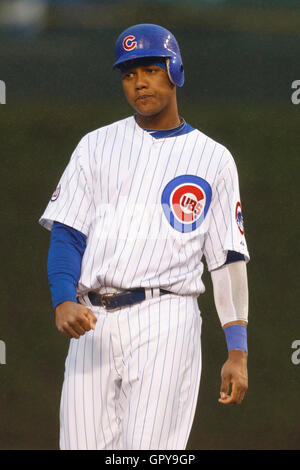

- #WHERE DOES THE SHORTSTOP STAND ON THE FIELD PROFESSIONAL#
- #WHERE DOES THE SHORTSTOP STAND ON THE FIELD FREE#
This is considered not just a physically demanding position, but mentally stressful too, because a pitcher can really win the game if he pitches well enough.Īlso, if he pitches badly (meaning he pitches outside the strike zone and the hitter does not even swing), it’s called a ball and 4 balls mean the hitter will get a free stroll to the first base. There are also different types amongst pitches i.e.

He tries to pitch the ball in a way that it’s either a strike or out. Then he faces the home plate where the batter stands and pitches the ball at him. He stands on the pitcher’s mound which is located at the center of the infield diamond or baseplates. He is the one who throws or “pitches” the ball to the batter. There are 9 total positions on the field and hence a 9-player team. When we talk about what position is hardest to play, we are talking about the 9 fielding positions or “defensive” positions that the fielding side must take in the ballpark. Now that we know what the game is basically about, we can understand the field positions next. The team with the highest score after 9 innings wins, or plays a tiebreaker if there’s a tie.

After 3 outs, a half-innings is over and it’s the next team’s turn to bat. The goal of the batting side is to score as many runs as possible before the defending team gets 3 outs. If a hitter or baserunner is able to reach the home plate again after crossing first, second and third base, he scores a run. Similarly, if the pitcher gets three strikes (pitches the ball in the right zone and the batter does not swing, or swings and misses, or hits in foul territory) it’s also an out. If the fielding team either directly catches the ball hit by the batter, tags a runner with the ball, or grabs the ball and touches a base that a runner is trying to get to before he does, it’s an out. While the batter/hitter stand’s in the batter’s box next to the home plate and tries to hit the ball the pitcher throws at him, his goal is to hit the ball far enough to start running towards the bases, or let other runners advance along the bases before the fielding team can pick the ball and throw it towards a base. The team that is batting has minimum one (hitter) or maximum 4 players (the hitter and 3 runners, one on each base), out on the field, while the defending team has to take up nine positions on the field. The batting team is called the offensive side, and the fielding team is called the defensive or defending side. Just like in cricket, the teams take turns to bat and field.
#WHERE DOES THE SHORTSTOP STAND ON THE FIELD PROFESSIONAL#
More than 9 players can be helpful for substitutions so every professional team has much more than 9. Left, center, and right fielders (The Outfield) How baseball works: A Quick SummaryĪ baseball game is played between two teams and each team must have a minimum of 9 players. We’ll talk about the responsibilities and level of difficulty for each position in a bit so you can decide for yourself, but first, are you aware of the basics? Let’s go through the fundamentals of how baseball works and what positions are there on the field, before we actually decide which is the hardest to play. People argue that the most demanding position to play in baseball is the catcher because not only does he have to catch all the pitches thrown by the pitcher but he also calls the game because he calls the pitches along with the pitcher.īut wouldn’t you say the pitcher has a lot more stress to handle and no room for error because he’s the one actually pitching the balls, isn’t he? And what about the third baseman in the “hot corner”, who barely gets time to rest? Or the shortstop who has to cover the most ground in the infield? It’s hard to rule anyone out right away. There are quite a few contenders for the most difficult position on the baseball field: the catcher, the pitcher, third baseman, and even shortstop! A lot of votes tend to gravitate towards “catcher” at first thought, but don’t be so sure! Each position has its fair share of troubles and we’d first need to completely understand what each position has in store to cast our vote.


 0 kommentar(er)
0 kommentar(er)
